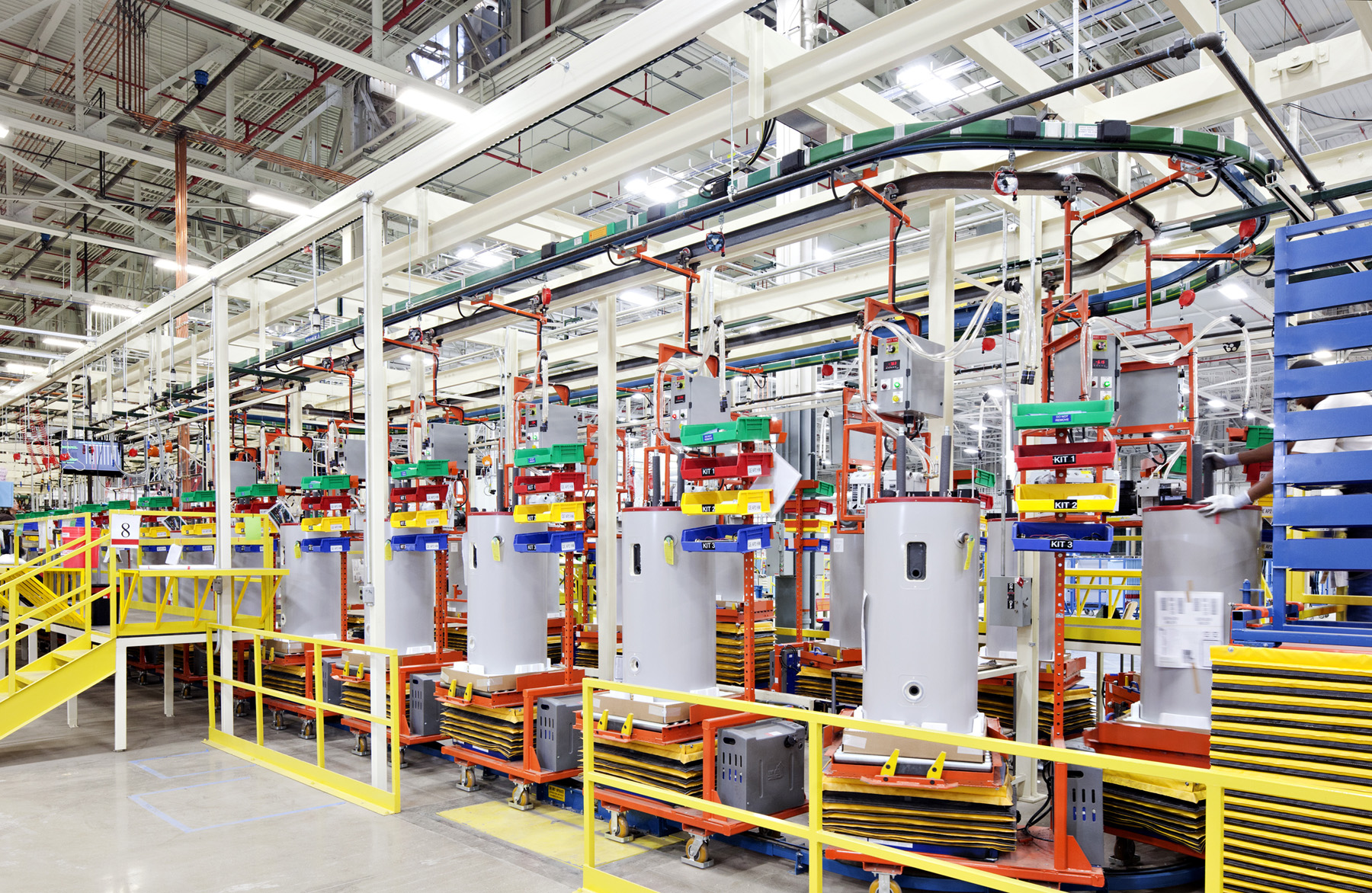In a recent article in The Atlantic magazine titled The Insourcing Boom , Charles Fishman described new manufacturing occurring in the U.S. (www.theatlantic.com). For much of the past decade, General Electric's Appliance Park in Louisville, KY has been nearly empty — a memorial to once great American manufacturing. As Fishman pointed out, the very scale of the place seemed to underscore its irrelevance. Six factory buildings, each one the size of a large suburban shopping mall, line up neatly in a row. The parking lot in front of them is a mile long.
GE opened the industrial park 1951 with five buildings. It was the centerpiece of its appliance manufacturing business. By 1955, Appliance Park employed 16,000 people. A sixth building was added in the 1960s when the union workforce was turning out 60,000 appliances a week. By 1973, 23,000 people worked there. It was so large it had its own ZIP code (40225). But by 1984, Appliance Park had fewer employees than it did in 1955. With the labor battles of the early 1990s taking a toll, the number of time-card employees bottomed out at just 1,863 in 2008.
But now it's different. A $38 million dollar GE investment has turned a vacant factory into vibrant, high-tech manufacturing operation. In February 2012, Appliance Park opened an all-new assembly line in Building 2 to make technologically advanced high efficiency water heaters. It was the first new assembly line at Appliance Park in 55 years and the water heaters had previously been made for GE in a Chinese contract factory.

A $38 million dollar GE investment turns vacant U.S. factory into vibrant, high-tech manufacturing operation.
The GeoSpring water heater has a long gray body, and a short top section with a touch-pad control panel. The magic is in that head where a small heat pump pulls ambient heat from the air to help heat water. As a result, the GeoSpring uses some 60% less electricity than a typical water heater. A conventional 50-gallon tank water heater that uses 4,879 kWh per year, while the new GE model uses only about 1,830 kWh per year. You can also control it using your iPhone.
Then, in March, GE opened a second new assembly line in building 5, to make French-door refrigerators. This top-end model is the latest version of a style that for years were made in Mexico.
GE Appliances is now using lean manufacturing principles with a cross-functional team – including hourly manufacturing workers – to design the product and the manufacturing process. The team cut the work hours necessary to assemble the water heater from 10 hours in China to two hours in Louisville. GE wasn't just able to hold the retail sticker to the “China price.” It beat that price by nearly 20%.
In moving from the cheap Chinese factory to the expensive Kentucky factory the material cost went down. The labor required to make it went down. The quality went up. Factory energy efficiency went up. Shipping costs went down. This is partly because higher integration means fewer parts and less labor. Plus, the cost of labor in Asia has gone up and US labor cost has come down (significantly), the cost of transportation has gone up, and production line automation has gone up.
It's easy to find examples of more and more companies returning to the United States within the last year. For electronics engineers this may mean new opportunities in advanced design, factory robotics, and test engineering. It is quite possibly the next big thing.
Advertisement





